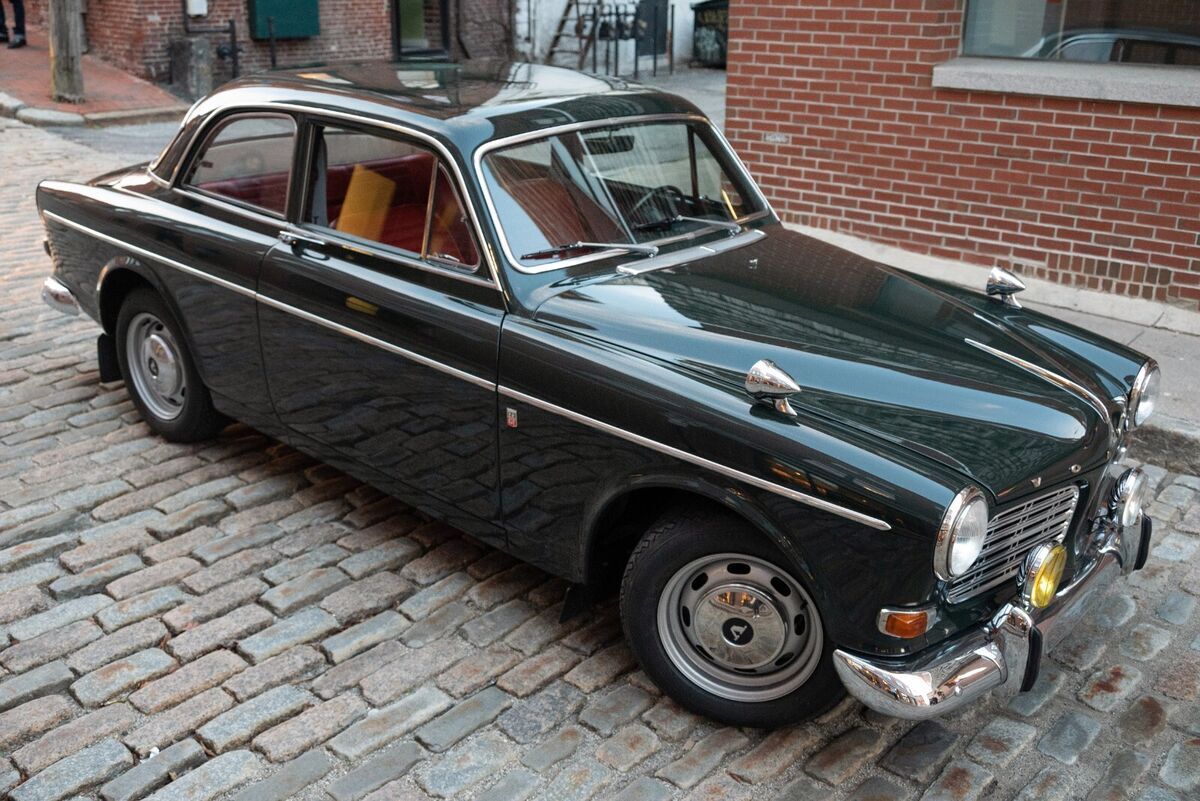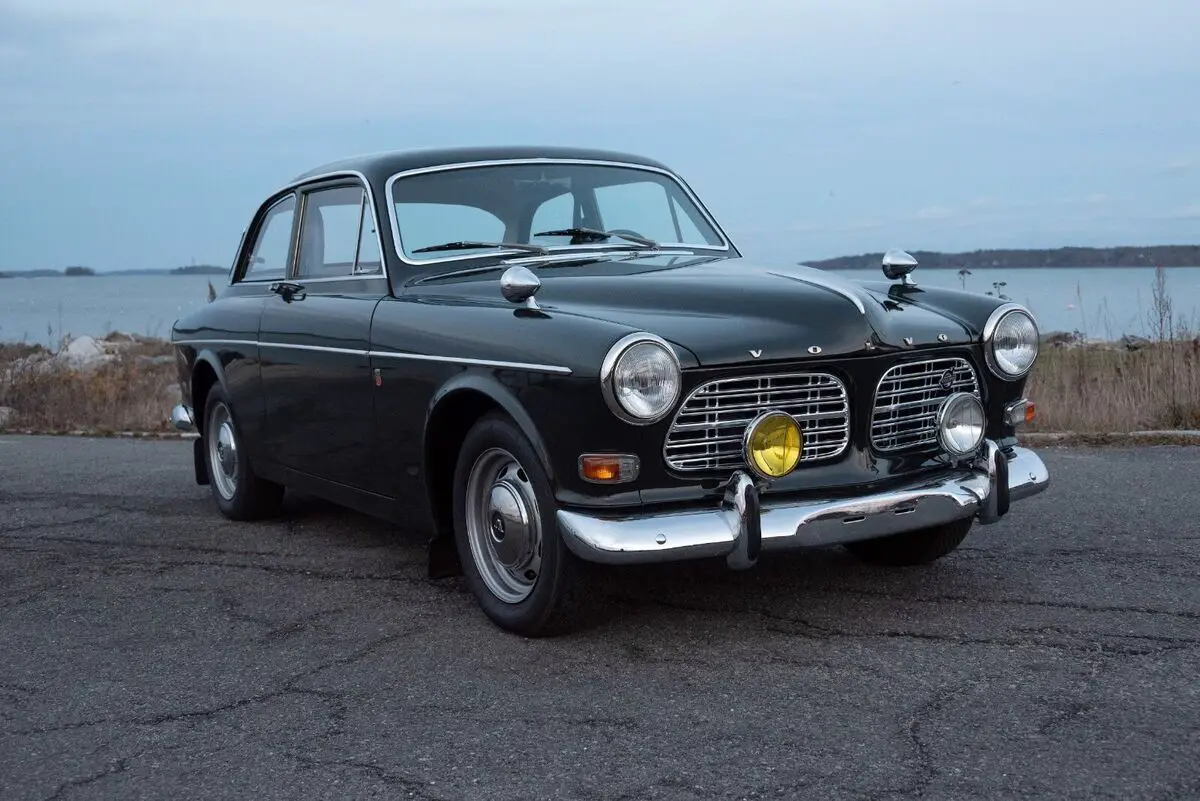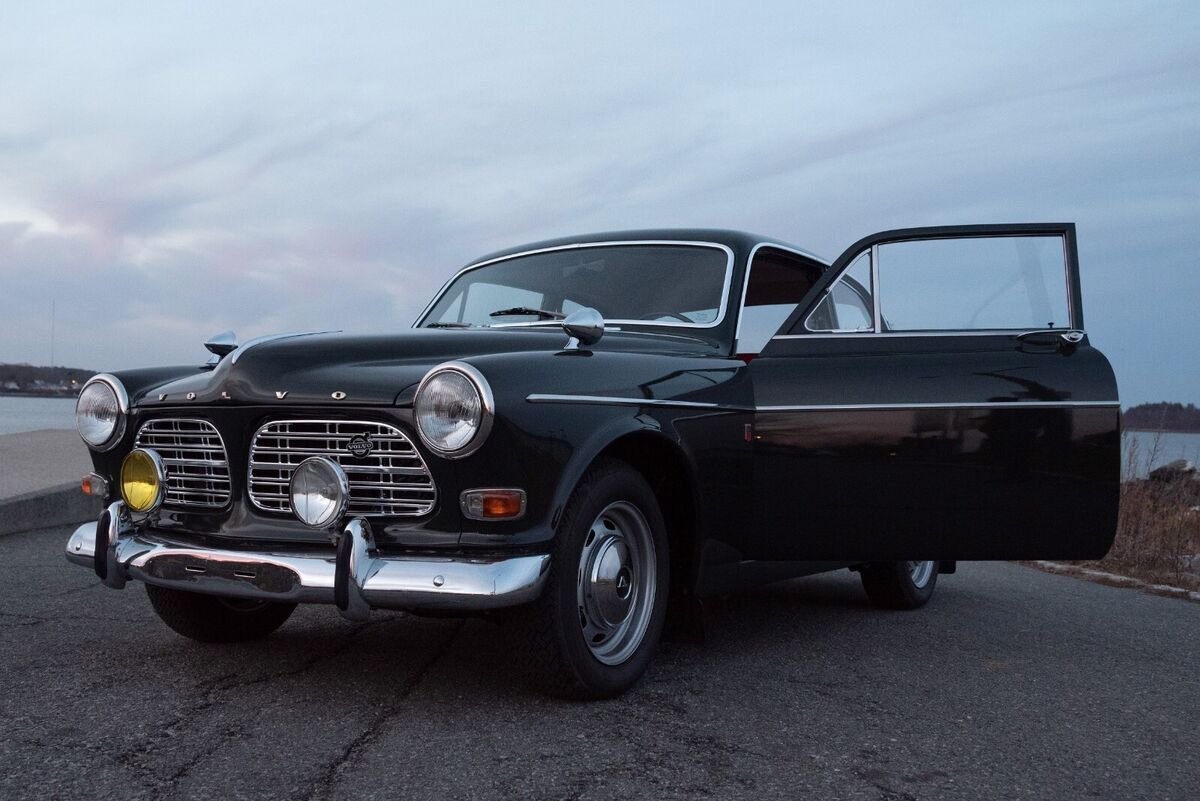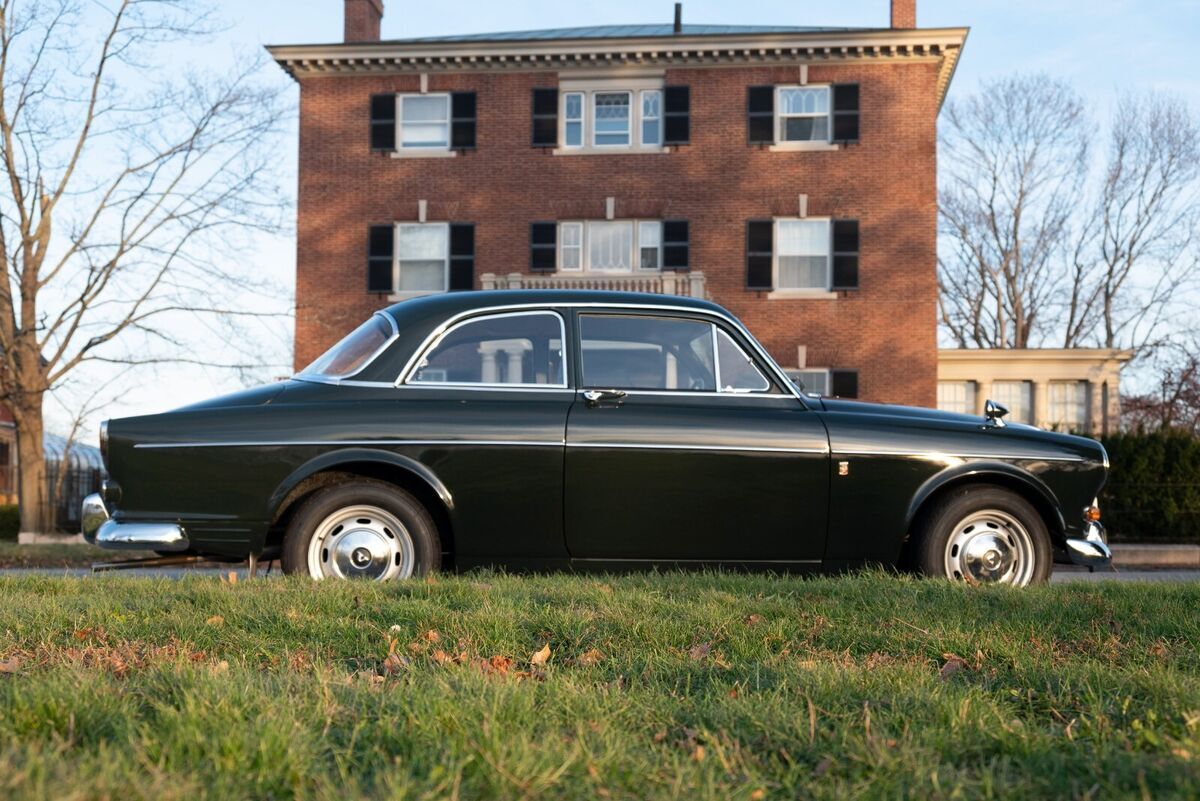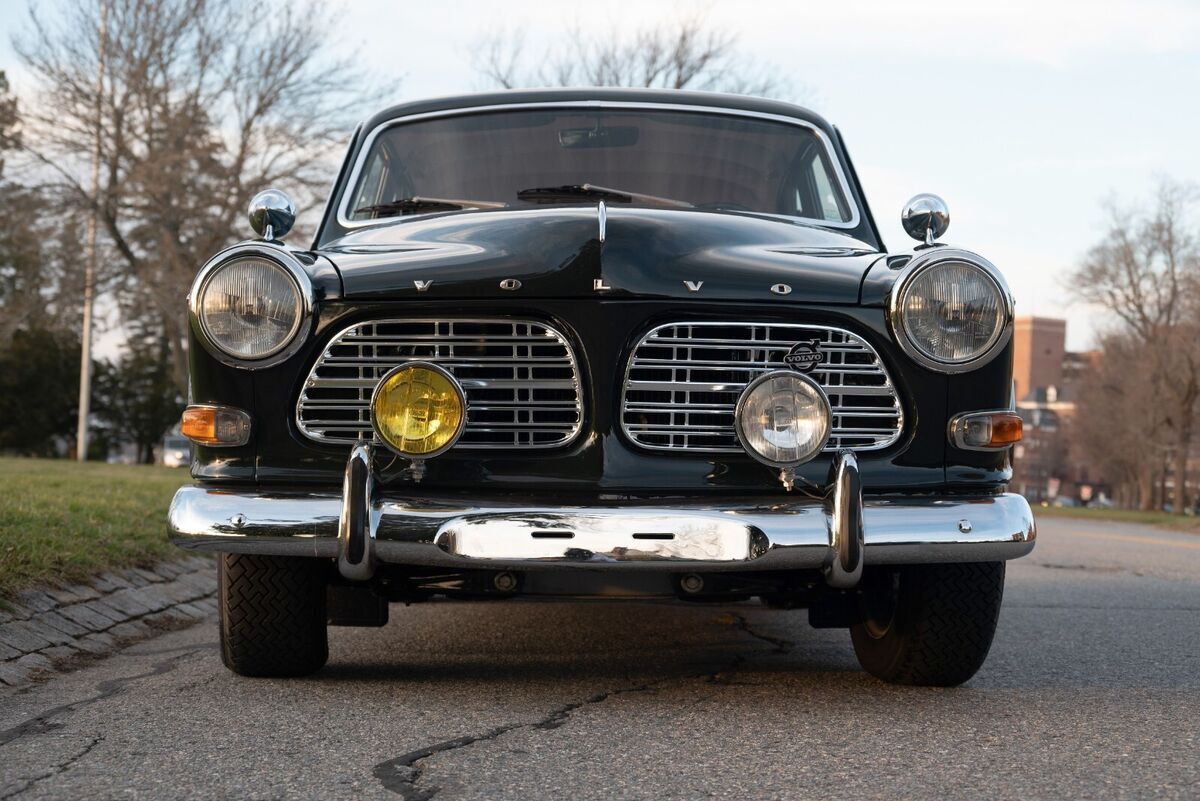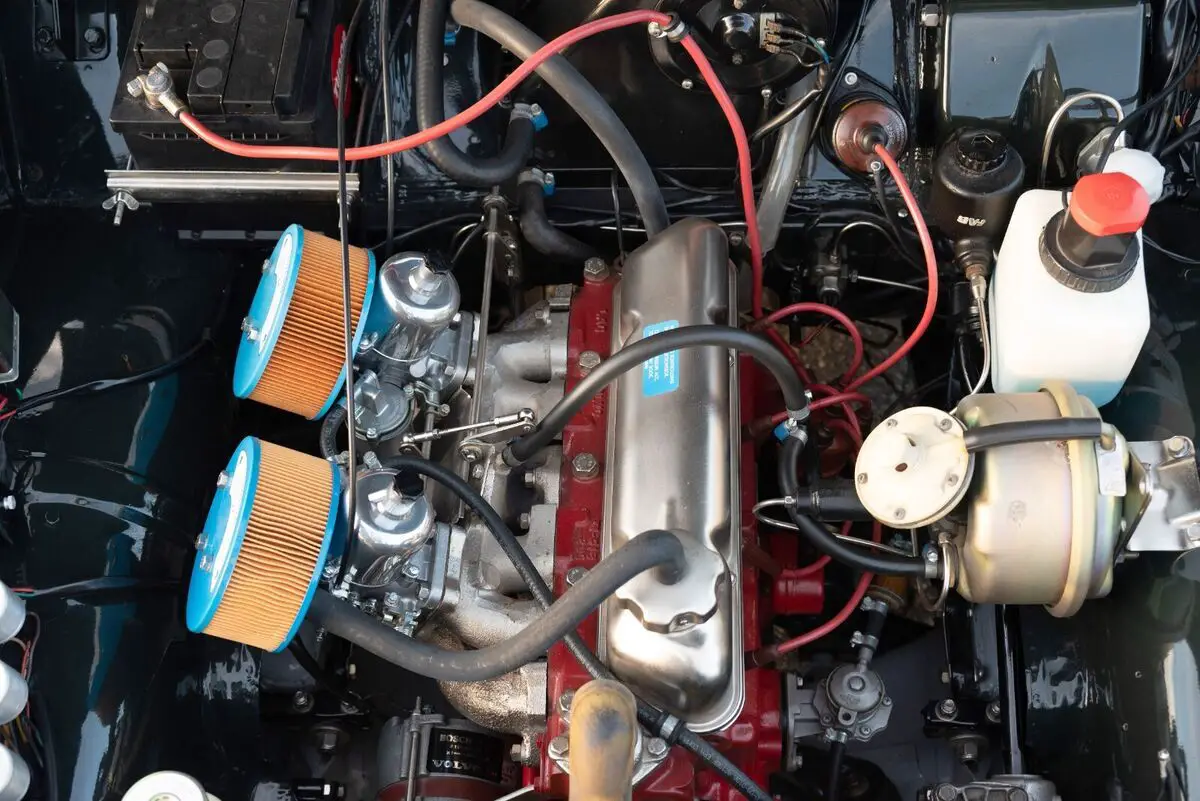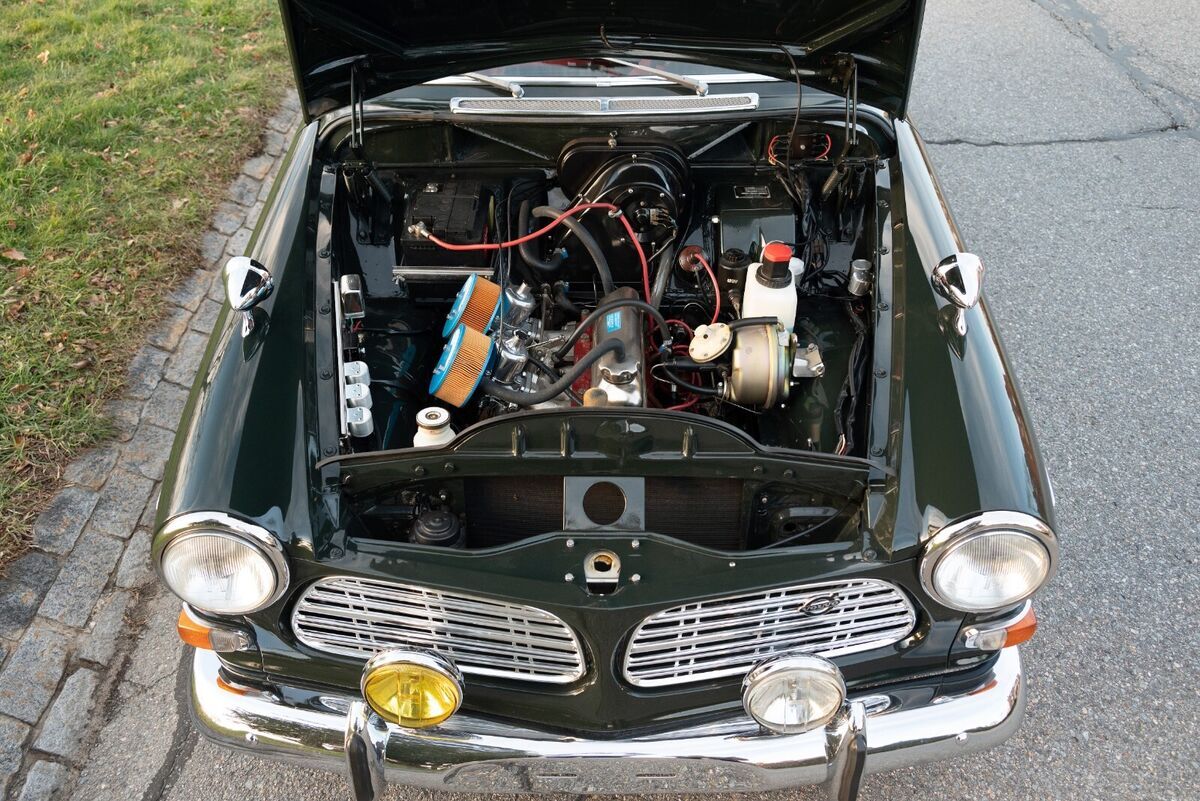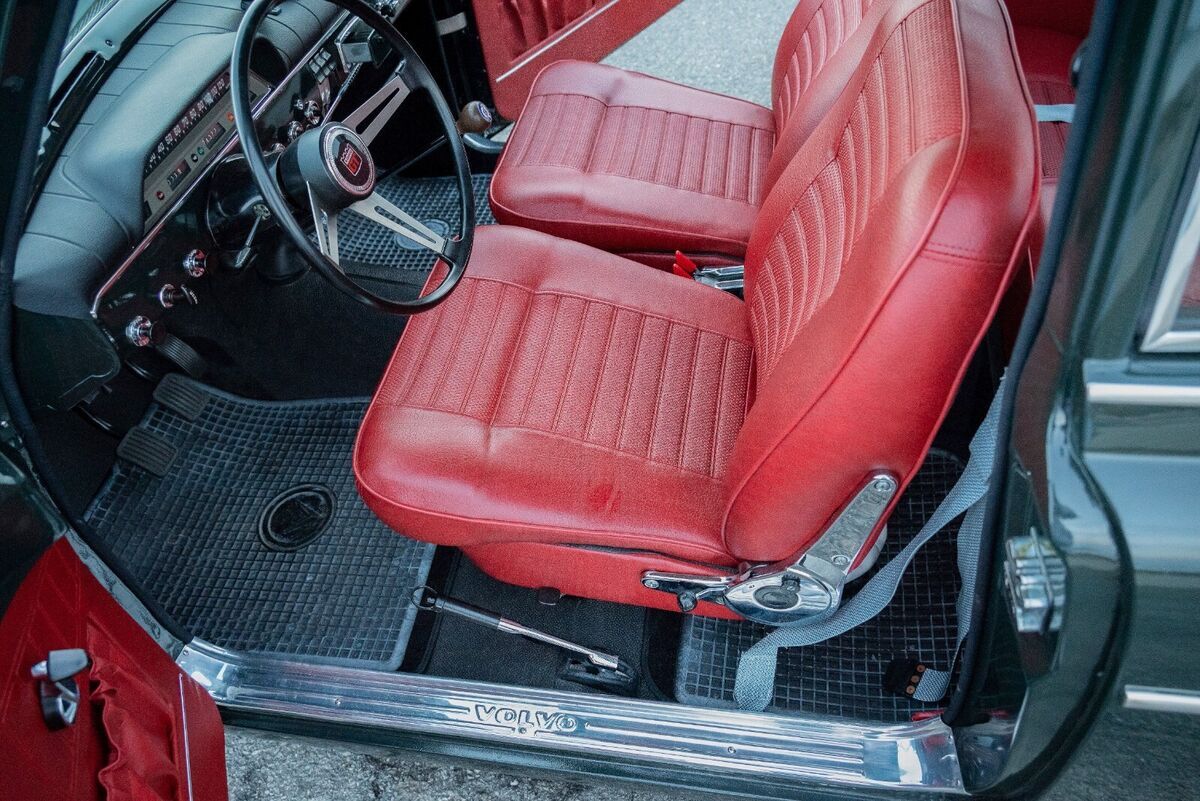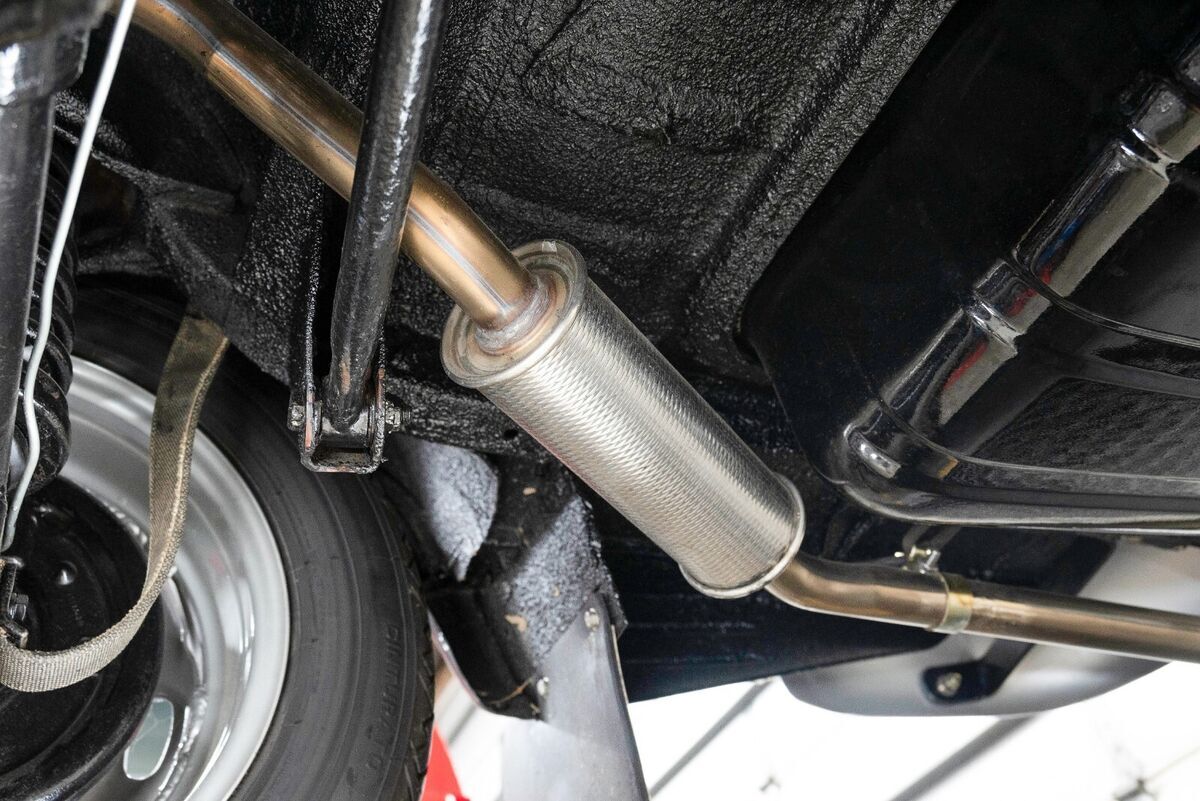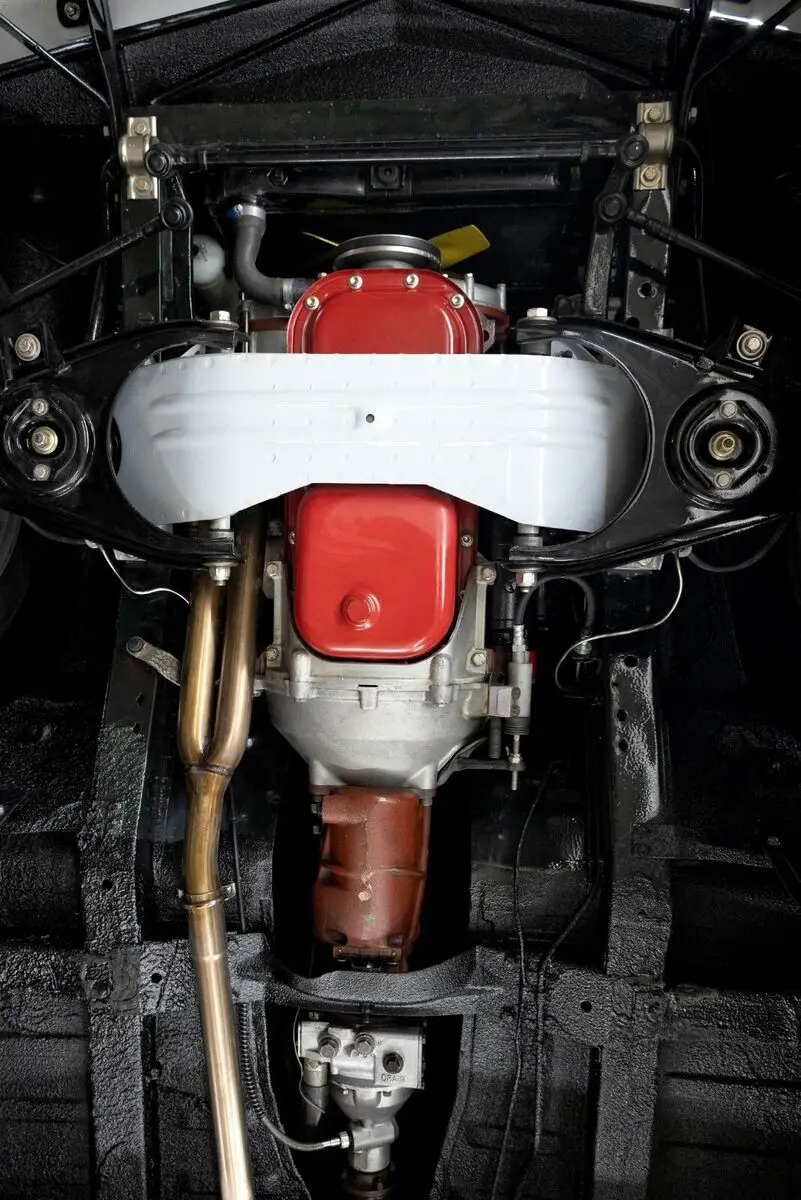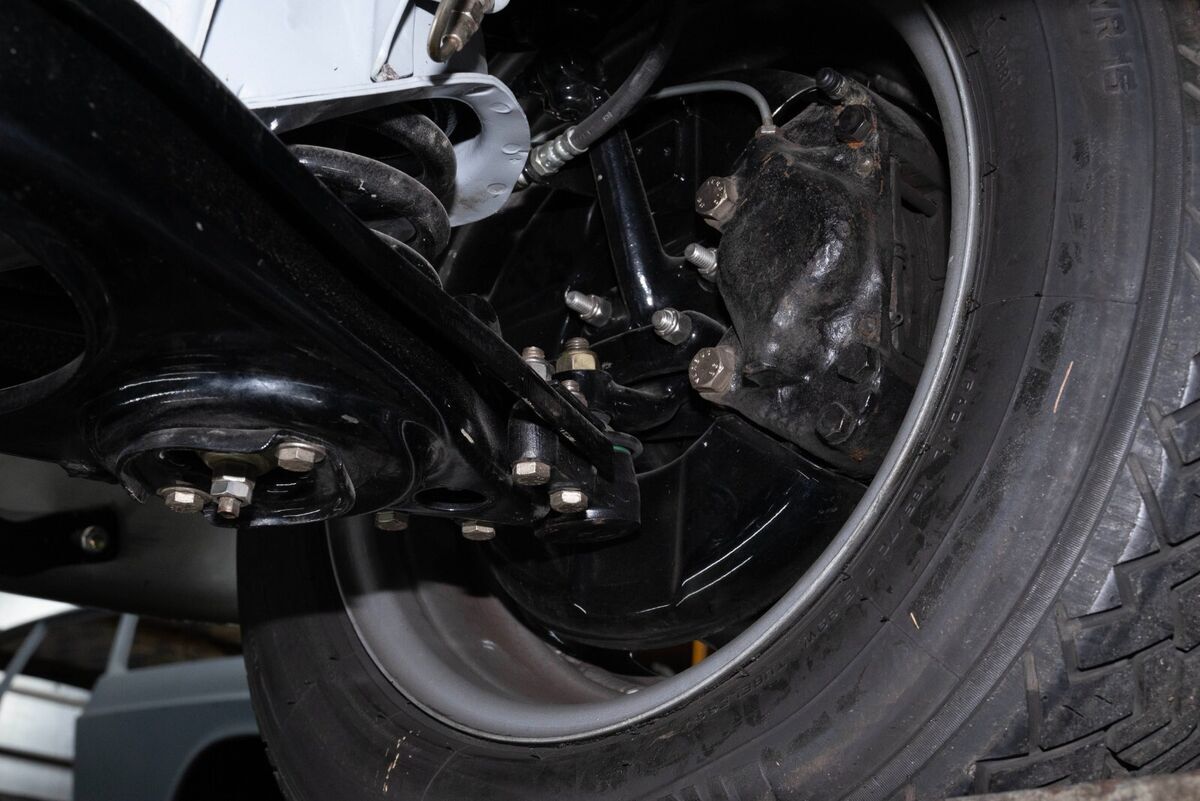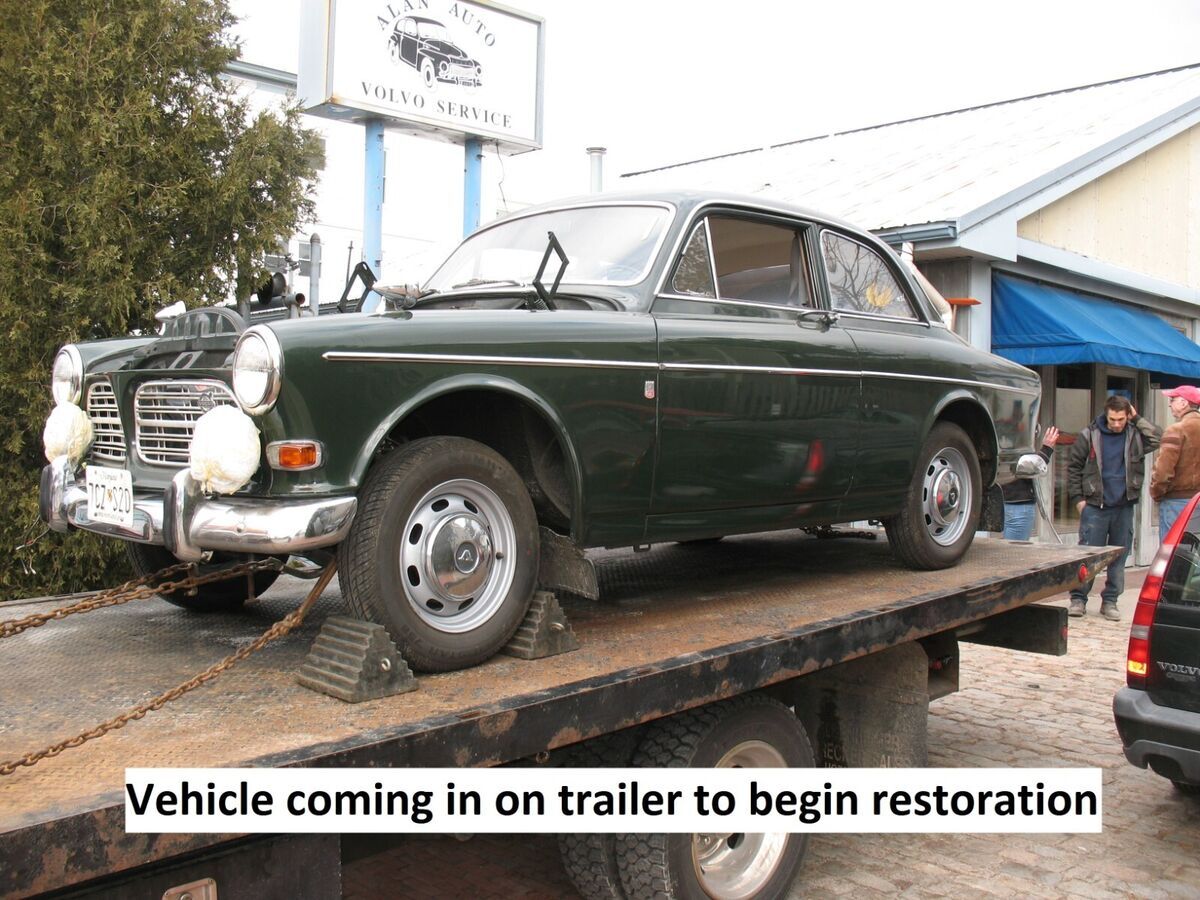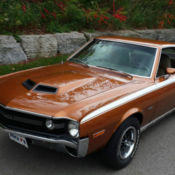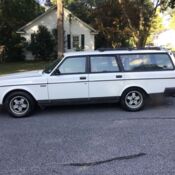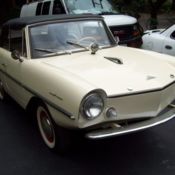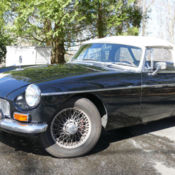Volvo 123GT - fully restored, concours condition
Price: -
Item location: Portland, Maine, United States
Description:
1967 Volvo GT
This is an immaculate example of an already rare Volvo model. Of the limited number of this model that is brought to market, few if any are of this condition and quality. Truly a special piece of Volvo history, and a joy to drive.Please see the following albums for complete photos of the restoration process, and the completed vehicle.
Final Photos:https://photos.google.com/share/AF1QipO4gaBMgIMqTEL1hqaR6wpv849rQJr-KyHZRGrEvELWnbpBwZ0-J_Bo4LeAalBCXQ?key=dnk1VElJaUcxWVJQWS1uY3BVTTlsckdUY1EwWXFR
Restoration Process Photos:https://photos.google.com/share/AF1QipMKXPzWTzAKg-IcoASTn5aGqO-UGPC9Vy6DaCseC1bLfWQkXkSN5iFImSA6QqSi1w?key=UGhLUnFLaW9xT0hrQWtZQTN3YmpKUW1tdWk4Y0Nn
Videos:https://photos.google.com/share/AF1QipO4lRXrjPO6kAWzUtJIUrLQ1c4EMEYDpNBo7_ppNttuXNVHRJ2vkIgeBP80JXUpmA?key=Ym41S1dGSGNrclEyUC1Ub1p0bXU4b0J2NXB3eU53
We start all projects from daily drivers to major restorations with our VMA : vehicle maintenance analysis. We have developed and improved this document over time to enable all parties in any auto repair process in which we engage to be privy to as many aspects of the condition of their vehicle as are discernible with a reasonable effort/ usually about 3 hours. You can see from the detail herein that this check-up is a great start to providing information to move long any worthwhile project. In fact is can serve to derail undeserving projects as it presents an unbiased picture of the real truth about the subject vehicle. This can be utilized to enable the produce, us at Alan Auto Volvo Restoration, to seek more information to further evaluate the merits of the project car such as test driving/ rendering a vehicle able to be test driven (in cases of long term storage or other disabling factors) or removing seats and carpets to examine floors (the Achilles heel /rust rat's nest of most cars). These steps we followed in this car. A factor in the favor of this car's being a successful restoration candidate was the fact that it was bought from Susquenna Spares a very discerning Volvo concern from way back. Until that time it had been a two owner car only. Perhaps due to this fact all of the unique original features which distinguish this model from other 122s were completely intact and restorable. These include: overdrive transmission, dash mounted tachometer, engine-bay relays, bumper mounted fog and driving lights, custom dash pad, wide wheels (further widened by us), and fender mounted racing mirrors, lightly tweaked suspension, and the 115 h.p. Engine from the 1800.
In the case of this particular car because of its extreme rarit, only 1500 are said to have been produced making this the third rarest contemporary Volvo model after the 242 Flathood (500 produced)and the P1900 (68 produced), even had this been a poor restoration candidate the chances are that it would have been rescued anyway. We found this car with minimal rust and mostly original sheet metal. In our process it was kept original in every respect except widening the wheels to 6” and changing the interior color scheme to the European spec. red
A definition of restoring a car is to render it as close to original as possible. The primary reproduction parts vendors, VP and Swedish Car Parts have enabled such great things to be possible in trying to achieve this goal.Their products are generally very true to OE. No car has even been created perfect and is at minimum subject to the forces of nature and always deteriorating. So there are instances where we choose to try to improve upon original design to help our clients get the most for their resources. The primaryproduct applied to cars when they are new and secondarily when we restore them is paint. As with many automotive and other products improvements are continually entering the market We offer both single stage (as was used originally on Volvos up til the 1980s) and base clear systems. this car was done in single stage to keep it as original as possible. It has since had ceramic coating applied professionally to help enhance the car's finish and longevity. We try to exactly replicate the original look of our works and as such chose single stage Dupont paint. It was lightly buffed to achieve the slight orange-peel as was characteristic of the original finish. To maximize the aesthetics of our work and this car in particular ALL the paint is removed from every surface. This is done in what we consider the most appropriate fashion by chemically stripping. The use of abrasives to remove old paint and rust typically employed in the industry invariably removes at least some of the car's metal rendering it thinner and more vulnerable in future. Any rust discovered is either removed by very light blasting with fine aluminum oxide or remediated by replacing the panel where it is discovered. This car had only very minimal topical rust on the inside of the floors.
Other “better “products we utilize in out process are base -clear industrial finish for all suspension components and epoxy coating for the engine. One of the primary steps in the actual restoration process is to disassemble, check, and recondition or replace all the mechanical components. ALL hardware including engine bolt, intake and exhaust manifolds, pullies, goosenecks, coolant pipes, suspension clamps and washers, and much more (1113 pieces on the last car we did!) now get degrease, sandblasted or otherwise processed and are then copper -nickel plated. Even the exhaust manifold on Bruce's car still looks like it was reconditioned last week. Nickel is such a superior plating material to anything traditionally used by manufacturers for many reasons. In some cases we even apply “Diamond Clear” over the nickel to enhance its longevity. The 122 model that the 123 GT was derived from was likely not ever intended as a “flashy” model. Indeed it was humble and modest at best. So the use of high quality paint products and nickel plating may seem contrary to the car's design save for the fact that paint, plating, and even undercoating were all designed not necessarily for cosmetics (as they are construed in the restoration world) but to preserve the longevity of the car. So we attempt to take that a step further for the sake of the car AND to enhance our clients' investment. Here's how:The original plating utilized by Volvo and the rest of the automotive world at the time of the 123's manufacture was cadmium. Besides being a threat to the environment it degrades/corrodes (which makes removing and replacing hardware difficult) particularly when exposed to salt and moisture. After years of dealing with “busted knuckles” a solution to this problem was found which enhances the finished product and mitigates the hardware removal /replacement difficulties bought about by corosion. Stainless hardware would seem like the likely solution save for the fact that it is costl, too brittle for some (suspension) automotive applications, and sizes aren't always available in the incremental sizes appropriate for our needs. Copper/nickel plating is ideal. All the common metals utilized for the cars we restore including this car can be processed and replated in this material.
With experience we have come to recognize and source original finish colors for such parts as the engine cross member ( dull grey, the B 18 engine (apple red), and the engine cooling fan (rustoleum yellow). The body paint gets dialed in by either formula (in few cases) or tedious mixing to establish our own formula based on “untouched “parts of the car like under the trunk lid. This car is 100% accurate to OE coloration in every aspect. The engine cross member is the correct original dull grey; the suspension parts are black, the transmission is primer dull red. Even the speedo cluster surround was repspayed in the original grey wrinkle finish. All the non-sheet metal parts such as engine and suspension parts are painted with industrial catalyzed paint for beauty and longevity. This product can not even be affected by strong solvents.
All chrome, trim, head and tail light assemblies and rings were replaced with new parts. The quality of these parts is typically better than factory; originally plated parts are usually now full stainless. The new chrome bumpers are the same gauge as the originals and of equal quality plated finish. All the door side trim is perfectly reproduced in stainless. The anodized aluminum parts such as the front and rear glass gasket trims and the front grills are exact reproductions of the original. All the door and window rubber seals and gaskets are new. The very few parts not available in reproduction such as the door and rear awing-out window latches were either polished to like new condition or rechromeplated.
The already overwide wheels were further widened another inch to 7 inches to accommodate thevintage reproduction 185x70x15 Pirelli tires. This tire size gives this car both great handling AND comfor, a rare combination in the vintage car world.
Auxiliary switchable electric fuel pump was added to aid in starting after possible periods of prolongedstorage.
Part of the reason that these B-18 engines are so durable and long-lasting is the specific design of the original Mahle pistons. The oil control rings, unlike others found in the industry, are constructed of chrome cast steel. So rather tha, as is the case with most engines, the rings wearing, the cylinder walls wear faster than the rings. Since there is far more surface area on these wall surfaces than the rings the engines last longer than others “mills” in the industry Although it is often challenging we accept nothing less when we rebuild these engines. Little known car fact: lead was put into gasoline as a flame front retarder to enhance octane BUT is also served to lubricate the valve faces. This became a problem when the lead was taken out of fuels. Lots of engine valves disappeared up into the heads until hardened valve seats came along. We replace the original valve seats with hardened valve seats in all our rebuilds. These engines were designed with archaic felt front and rear engine seals. Our standard practice is to replace the seal flanges with the redesigned ones which have modern spring and rubber seals.
Alan Auto started business in 1969 when this car was only a couple yeas old. On of the first cars we worked on was a same color 1966 122 when it was just coming off new car warantee. Today this amazing car looks and drives better than the one we worked on back then. It is a great choice as a collectible because it is simple, safe, comfortable, and reliable as well as stunning in appearance.
Vehicle Details:
- Make: Volvo
- Model: GT
- Type: Coupe
- Year: 1967
- Mileage: 74077
- VIN: 283352
- Color: Green
- Fuel: Gasoline
- Transmission: Manual
- Interior color: Red
- Vehicle Title: Clean Want to buy? Contact seller!
